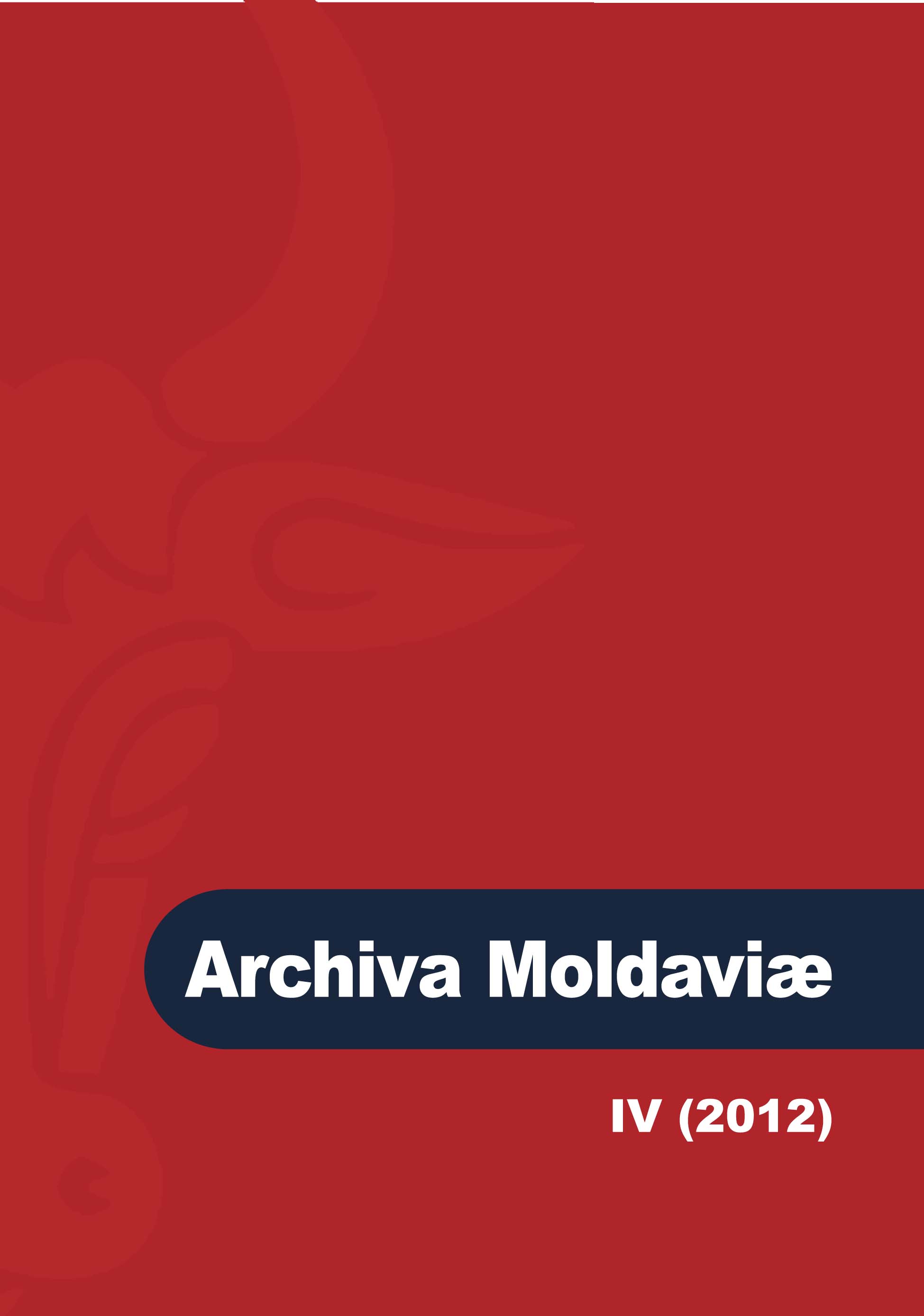Revisiting the 1989 Revolution: Some Personal Reflections
Revisiting the 1989 Revolution: Some Personal Reflections
Author(s): Dennis DeletantSubject(s): History, Post-War period (1950 - 1989), Transformation Period (1990 - 2010)
Published by: Societatea de Studii Istorice din România
Keywords: BBC; revolution; coup; diversion; Nicolae Ceauşescu; Ion Caramitru; Victor Atanasie Stănculescu.
Summary/Abstract: The Romanian revolution was for me, my own personal revolution. It brought me – to use the American artist Andy Warhol’s expression - my ‘fifteen minutes of fame’ for it catapulted me and Romanian studies at the School of Slavonic and East European Studies of the University of London, into the public eye. I gave over 150 interviews on the revolution for BBC radio and TV in period of three weeks (16 December 1989-8 January 1990).At the invitation of BBC Television I reached Bucharest on 31 December 1989 and I joined John Simpson, the chief foreign news editor, and his team at the Intercontinental Hotel.The atmosphere reigning in Bucharest immediately after Ceauşescu’s overthrow was one of paranoia, distrust, and uncertainty over the future. There was a glut of firearms in circulation, some in the hands of young men fired by machismo, who had little idea of how to use a rifle or an automatic weapon. many of the conscripts whom I witnessed exchanging fire with snipers, returned fire over the heads of civilians, placing the latter in a direct line of fire from the adversary. Such basic failures in training resulted in many friendly-fire casualties in Bucharest. On 6 January, I was with the actor Ion Caramitru, who, together with the poet Mircea Dinescu had been amongst the first figures to appear on Romanian TV after Ceauşescu’s flight from Bucharest with an emotional appeal to support the revolution. Caramitru was an old friend and another friend, Augustin Buzura, took me to the seat of the NSF Provisional Government in Palatul Victoria to see Ion. While we were talking the telephone rang and Ion replied. At the other end of the line was General Stănculescu, who invited me to his office and gave me directions to get there.During my meeting with General Stǎnculescu I seized the opportunity to ask him about his actions on 22 December, the day of Ceauşescu’s flight. His account was largely consonant with one which he gave several years later, but in this article I relate what I noted down immediately after this particular meeting.A clear autopsy of the revolution is difficult to find since it have been obscured by the rumour-mills which, alongside the Securitate, were the only institutions to work overtime during Ceauşescu’s rule, and by the diversions practised by a host of writers who, in the confusion over some events, invented conspiracy theories which lack a basis in fact. The feeling that many Romanians had of being duped, and that the sacrifice made in December 1989 had been to no avail, was aggravated by the suspicion that the fighting in the centre of Bucharest after Ceauşescu’s flight was a diversion in order to give the impression of a revolution which would bolster the legitimacy of the National Salvation Front. Whether there has been a concomitant revolution in mentality is questionable. What the Romanian revolution does demonstrate is that the heroes die, the fighters go home, and the opportunists come to the fore.
Journal: Archiva Moldaviae
- Issue Year: IV/2012
- Issue No: 4
- Page Range: 227-2251
- Page Count: 25
- Language: English

